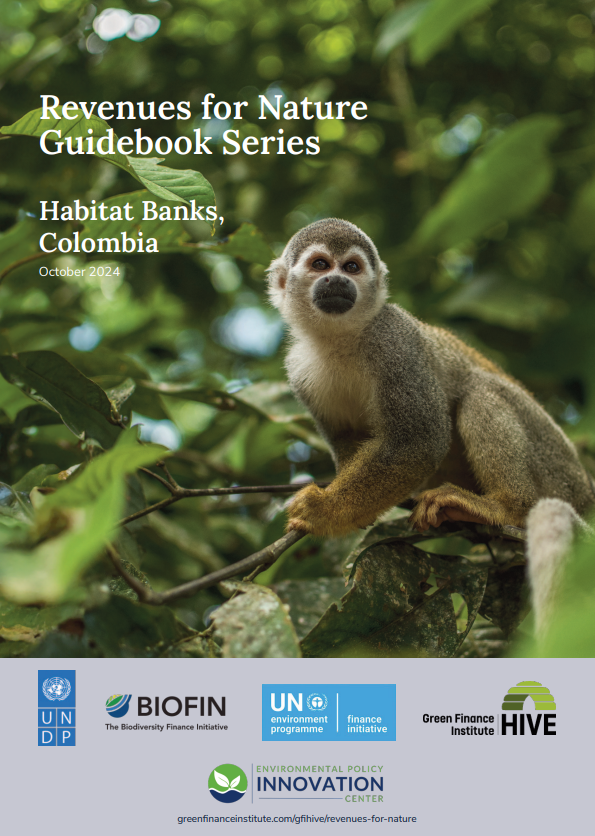
Informing Biodiversity Markets
Building High-Integrity Markets for Nature-Based Solutions
Emerging biodiversity credit markets represent a critical opportunity to channel private investment toward nature conservation at an unprecedented scale. Our work analyzes global trends, develops market design principles, and provides guidance to ensure these markets deliver real conservation outcomes while maintaining environmental integrity.
Biodiversity Offset Principles and Market Design
We research the fundamental architecture needed for credible biodiversity markets, drawing lessons from established environmental markets like carbon credits, and US wetland and stream offsets. Our analysis focuses on additionality, permanence, and verification standards that will determine whether these markets truly benefit nature.
Building a Thriving Biodiversity Credit Market
This document shares this wealth of experience and know-how in developing and operating biodiversity credit markets.
Lessons from Regulatory and Global Markets
Biodiversity markets are emerging worldwide with different approaches and regulatory frameworks. We track developments across regions to identify best practices and lessons that can inform market development in the United States and globally.
Revenues for Nature Guidebook Series: Wetland Mitigation and Endangered Species Habitat Banking, United States
The guidebook was written for an international audience, and includes: regulatory background of the two major US offset programs and the current scale of activity; demand drivers and buyer-side program elements, supply and seller-side program elements; credit methodologies, ecological standards and verification; financial assurances, offset price, risk and profitability; investment drivers; program administration elements; and lessons learned.
Additional Publications
Can tropical forest loss be offset by a forest “credit”? A closer look at an emerging environmental market in Paraguay - English version | Versión en español
Blog series on EU offsets: UK’s Biodiversity Net Gain, Europe’s Biodiversity Policy Innovation, Ireland’s Farmland Outcomes for Nature
Additionality in Habitat Banks in Colombia - English version | Versión en español
Revenues for Nature Guidebook Series: Habitat Banks, Colombia
The guidebook was written for an international audience, and includes: conceptual and regulatory background of habitat banks in Colombia; demand drivers and buyer-side program elements, supply and seller-side program elements; additional guidance, policy frameworks, and administrative elements; and lessons learned.
Corporate Engagement in Biodiversity
Companies increasingly seek credible ways to address biodiversity impacts through their sustainability strategies. We analyze how corporate reporting frameworks (TNFD, SBTN, CSRD, GRI) create demand for biodiversity credits and examine what standards ensure corporate actions translate into meaningful conservation.
Additional Publications
Nationwide CCAA/CCA for Monarch Butterfly on Energy and Transportation Lands
EPIC staff were the primary document authors of the Monarch Butterfly Candidate Conservation Agreement with Assurances. The voluntary conservation agreement represents a unique collaboration between more than 30 interested entities from the energy and transportation sectors, along with the US Fish and Wildlife Service, the Federal Highways Administration, and the University of Illinois at Chicago





